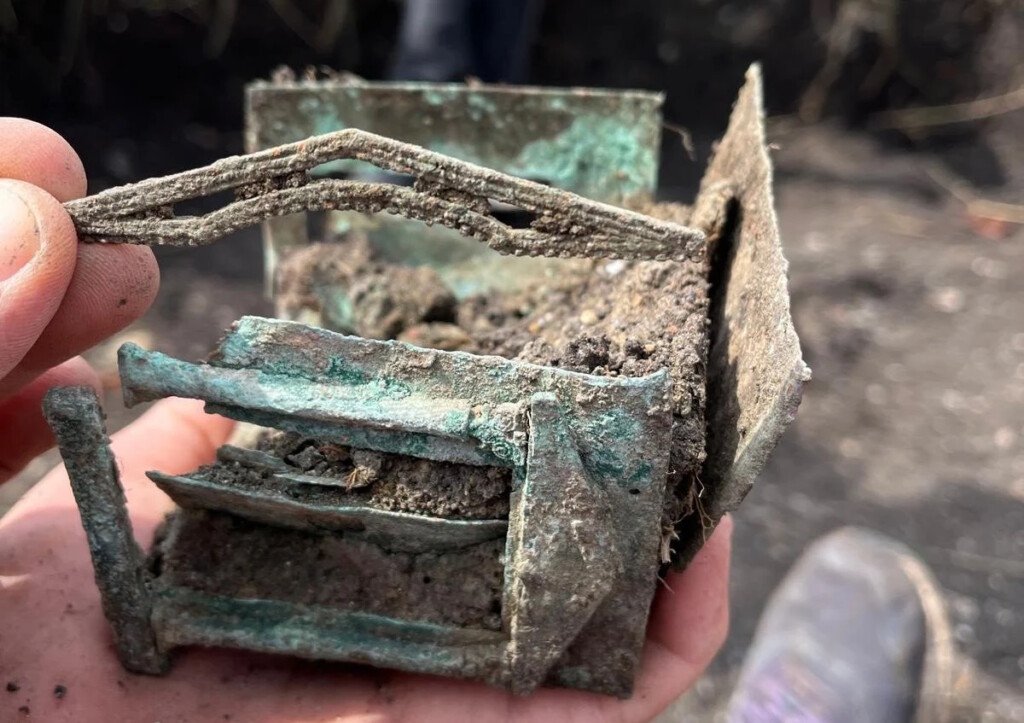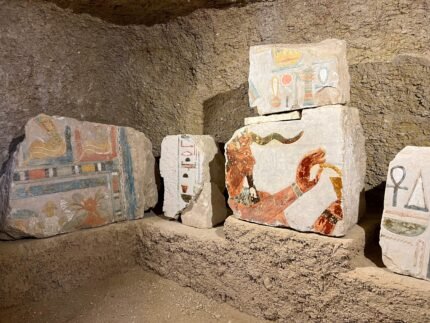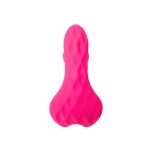The original inscription was found after the restoration of the Edfu Temple.
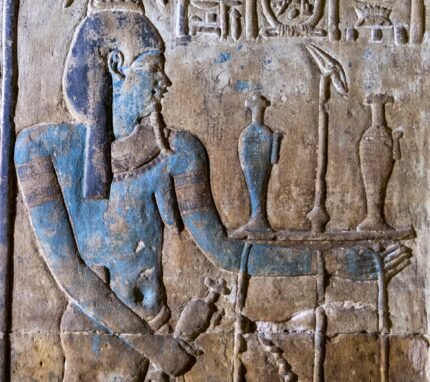
Egyptologists working with a team from the University of Würzburg have uncovered original brightly coloured paintings and gilding on reliefs at the Temple of Horus at Edfu in southern Egypt. Restoration work has also uncovered inscriptions on the outer walls and gates written in a demotic script by the temple’s priests. Known as dipinti, which means “drawings” in Italian because they were drawn on the walls in ink, the graffiti are prayers to Horus and offer new insights into the beliefs and practices of Horus priests during the Ptolemaic era.
The Temple of Horus at Edfu was built between 237 and 57 BC, during the reigns of Ptolemy III to XII. It is the best-preserved temple in Egypt and contains more religious inscriptions and ritual scenes than any other ancient temple in Egypt, which predates the Ptolemaic dynasty by more than 2,000 years.
 Since 2021, Egyptian conservators have been working to clean and reinforce the temple walls, aiming to restore full clarity to the text and images carved into the sandstone. They have removed layers of dust, guano, soot, salt and other deposits that obscured the bright paint that once covered the wall reliefs.
Since 2021, Egyptian conservators have been working to clean and reinforce the temple walls, aiming to restore full clarity to the text and images carved into the sandstone. They have removed layers of dust, guano, soot, salt and other deposits that obscured the bright paint that once covered the wall reliefs.
Today, polychrome paintings can provide additional details of scenes and hieroglyphs that cannot be discerned from reliefs alone, such as elements of clothing or offerings. The craftsmen also used color to correct the hieroglyphs carved into the stone: “In the painting, we capture a kind of ancient quality control,” says Professor Martin A. Stadler, head of the Würzburg Horus statue project. “The fact that the gods were covered in gold is particularly interesting. We found in textual sources that the gods’ flesh was made of gold,” adds Victoria Altmann-Wendling.
Traces of fine gold leaf have been found on the pharaohs’ jewelry and all over the bodies of gods. Ancient sources record that large parts of Egyptian temples were gilded, including columns, gates, and obelisks, using thick layers of gilded copper leaf. Archaeologically speaking, the only remains of these massive gilded sections are found in holes in the walls.
However, due to the fragility of thin gold leaf decoration, there is little documentation of this. At Edfu, fragments of this gilding were found in many places on the high walls of the Bak Temple. […]
“The gilding of the statue was probably done not only to symbolically immortalize and deify the statue, but also to add a mysterious atmosphere to the room. It must have been very impressive, especially when the sunlight was shining through,” says Dr. Victoria Altmann-Wendling, project manager and researcher at the JMU Horus Statue.
The team at the University of Würzburg has been documenting and digitizing the entire temple since 2016. They are publishing a new collection of inscriptions that will include the priests’ secular graffiti as well as annotated translations of the hieroglyphics.


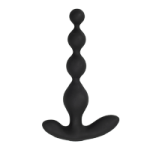 Anal Beads
Anal Beads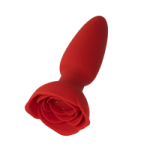 Anal Vibrators
Anal Vibrators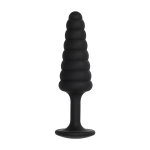 Butt Plugs
Butt Plugs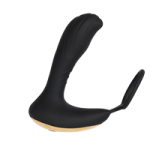 Prostate Massagers
Prostate Massagers
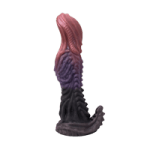 Alien Dildos
Alien Dildos Realistic Dildos
Realistic Dildos
 Kegel Exercisers & Balls
Kegel Exercisers & Balls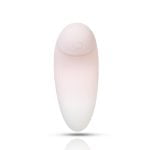 Classic Vibrating Eggs
Classic Vibrating Eggs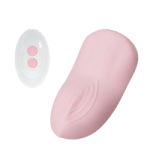 Remote Vibrating Eggs
Remote Vibrating Eggs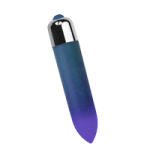 Vibrating Bullets
Vibrating Bullets
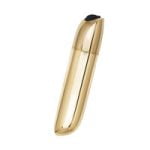 Bullet Vibrators
Bullet Vibrators Classic Vibrators
Classic Vibrators Clitoral Vibrators
Clitoral Vibrators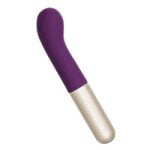 G-Spot Vibrators
G-Spot Vibrators Massage Wand Vibrators
Massage Wand Vibrators Rabbit Vibrators
Rabbit Vibrators Remote Vibrators
Remote Vibrators
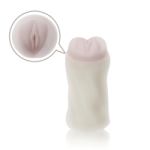 Pocket Stroker & Pussy Masturbators
Pocket Stroker & Pussy Masturbators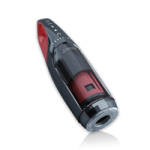 Vibrating Masturbators
Vibrating Masturbators
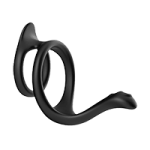 Cock Rings
Cock Rings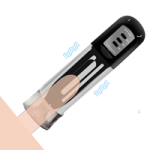 Penis Pumps
Penis Pumps
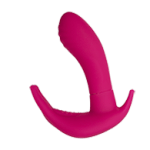 Wearable Vibrators
Wearable Vibrators Blindfolds, Masks & Gags
Blindfolds, Masks & Gags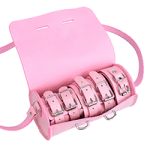 Bondage Kits
Bondage Kits Bondage Wear & Fetish Clothing
Bondage Wear & Fetish Clothing Restraints & Handcuffs
Restraints & Handcuffs Sex Swings
Sex Swings Ticklers, Paddles & Whips
Ticklers, Paddles & Whips






 However, due to the fragility of thin gold leaf decoration, there is little documentation of this. At Edfu, fragments of this gilding were found in many places on the high walls of the Bak Temple. […]
However, due to the fragility of thin gold leaf decoration, there is little documentation of this. At Edfu, fragments of this gilding were found in many places on the high walls of the Bak Temple. […]

